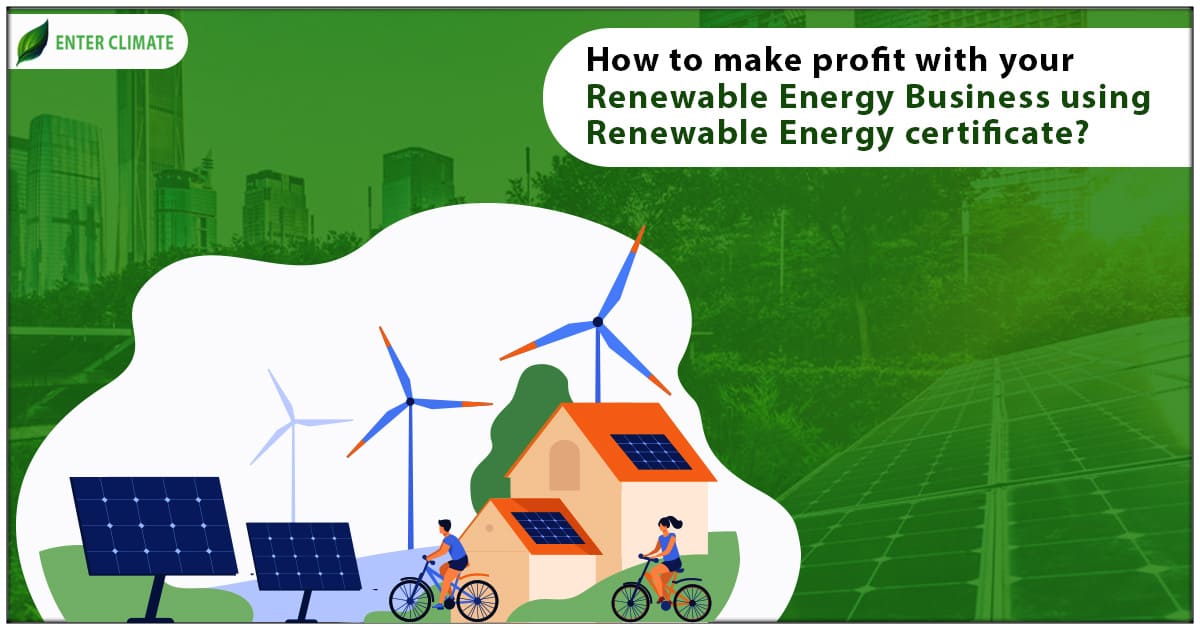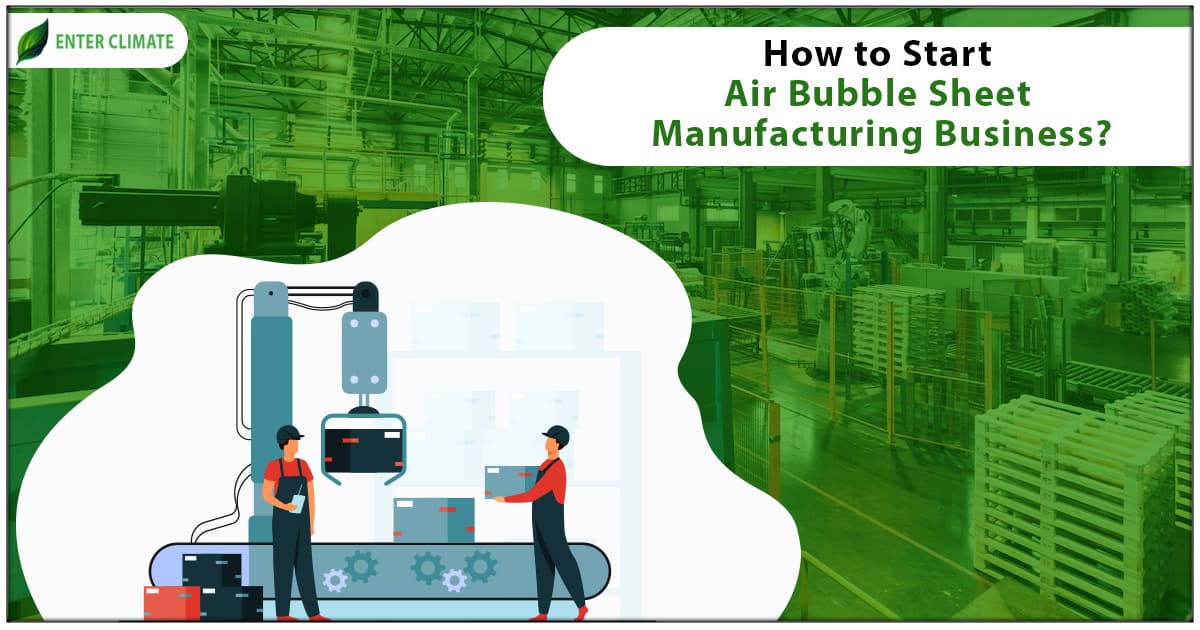Registration Process for Bio-stimulant after the FCO Amendment Order
 03 Jul, 2023
03 Jul, 2023 
A “Bio-stimulant” is a substance, microorganism, or combination of both that, when applied to plants, seeds, or the rhizosphere, has the primary function of stimulating physiological processes in plants and enhancing their uptake of nutrients, growth, yield, nutritional efficiency, crop quality, and stress tolerance. The agricultural sector is facing the challenges of rising productivity from the fields to feed the growing global population. In this article we will look into the process of Registration for Bio-stimulant.
Bio-stimulants[1] act as a concomitant and increase resource use efficiency while reducing the environmental impact on ecosystems and human health. The effectiveness of Bio-stimulants is not dependent on their nutrient content. However, it is essential to note that pesticides or plant growth regulators, regulated under the Insecticide Act of 1968, are not included in the definition of Bio-stimulants. Bio-stimulants can reduce the need for pesticides and fertilisers while maintaining strong plant vitality, crop yield, and quality.
The Agricultural Ministry in June 2023, issued a Draft Guidelines For Registration Process for Bio-stimulant as per FCO Amendment order. Under Schedule VI of the Fertiliser (inorganic, organic or mixed) Control Amendment Order 2021, it will now be mandatory for a person who wants to manufacture or import any bio-stimulant to list such bio-stimulant. As per the draft rules, the manufacturer will now have to submit the following data at the time of registration.
- Data on Chemistry, bio-efficacy trials, toxicity for each product
- Shelf-life studies, fortification Restrictions and tolerance limits for the naturally occurring elements have been defined.
- Animal testing should be minimised and scientifically validated through in-vitro methods.
Categorisation of Bio-stimulants
The Bio-stimulants are categorised into the following groups:
- Botanical extracts, including extracts derived from seaweed
- Biochemicals
- Protein hydrolysates and amino acids
- Vitamins
- Cell-free microbial products
- Antioxidants
- Anti-transpirants
- Humic and fulvic acid and their derivatives.
Registration Process manufacturing/ Import of Bio-stimulants
Any individual wishing to manufacture or import a Bio-stimulant must apply in Form R to the Controller of Fertilizers as the first step towards the registration process for bio-stimulant. The manufacturer is required to include the following data and details related to the product in the application:
- Source: Whether the Bio-stimulant is derived from natural extracts of plants, microbes, or animals or it is synthetic.
- Chemical composition: A chemical analysis of the Bio-stimulant conducted by a GLP/NABL accredited laboratory.
- Physical and chemical properties: Information regarding the properties of the active ingredients and any adjuvants present in the Bio-stimulant.
- Method of analysis: The analytical method used to assess the Bio-stimulant should conform to the specified requirements.
- Shelf-life claim: The claimed duration of shelf-life for the Bio-stimulant.
Provisional registration in the Registration Process for Bio-stimulant
• Preparation of Product Sales Document
• Submission of FORM G 2 Application to the State Department of Agriculture
• Submission of G 1 Format Application to “The Controller of Fertilizer” in New Delhi for each specific product
• Receipt of Product wise Provisional Registration in G 3 Format from “The Controller of Fertilizer.”
Document Checklist
One of the most crucial documents for form G2in the Registration Process for Bio-stimulantis as follows:
| S.No. | Details | Remarks |
| 1 | Completed Application for G-2 in the specified format (according to the amendment made to the Fertilizer Control Order on 23-02-2021). | Duly Signed |
| 2 | Sale report for the past three years, GST data for the past three years, and records of stock, production, and trade of the product for the last three years, all of which have been duly verified by a Chartered Accountant. | Self-Attested |
| 3 | Label of Product(s) | Self-Attested |
| 4 | A self-declaration states that there are no reports of any adverse or hazardous effects, internationally recognised publications, or globally accepted test reports supporting the absence of any hazardous effects. | Notarised |
| 5 | The concerned person’s name and acceptance should be documented on a stamp paper per Clause 24 of the Fertilizer Control Order, 1985. | Notarised |
Application in the prescribed format (FORM G 1):
- FORM G 2 obtained from the State Department of Agriculture
- Copy of the Certificate of Incorporation or company registration (as proof of company address)
- Copy of the PAN card of the authorised signatory
- Copy of the ADHAR card of the authorised signatory
- Technical details of the product
- Product label
- Product sales document for the past three years
- Draft of FORM G 3, which is the Certificate of Provisional Registration
Note: It is to be applied after receiving G 2 from the State Dept. of Agriculture.
Application in FORM G and the study reports should be submitted to “The Controller of Fertilizer”.
Other Licences Required in the Registration Process for Bio-stimulant
- Business Registration
- Factory Licence
- GST Registration
- Pollution NOC from SPCB/PCC
- MSME Registration
- IEC certificate
Market Overview of Bio-stimulants In India
The India bio-stimulant market exhibited a growth of 15.34% in 2020 as compared to 2019. The sector is projected to grow from $266.58 million in 2022 to $734.13 million by 2029, at a CAGR of 15.57% in the forecast period.
Conclusion
The Registration Process for Bio-stimulant in India involves various steps and requirements. It begins with applying for provisional registration, including necessary documents such as sales reports, technical details, and product labels. The Provisional registration is valid for a specified period, and products not registered within that time frame are not permitted for use after a certain date. For permanent registration, studies need to be conducted, including chemistry studies through accredited laboratories and agronomic bio-efficacy studies conducted by recognised institutes. The reports from these studies and the application in Form G are submitted to the Controller of Fertilizer. The Registration Process for Bio-stimulant also involves engaging with NABL/GLP-certified labs for various services and coordinating with State Agricultural Universities or ICAR institutes for the agronomic trials. All these legal formalities can be handled if you choose the right licencing expert.
FAQ
Bio-stimulants will have to be registered with the state government and will have to prove their efficacy before hitting the market.
A growth regulator is a substance that, in low concentration, stimulates or inhibits the growth of plants but is neither a nutrient nor a Bio-stimulant.
One can register for Bio-stimulantsin the prescribed format (FORM G 1).
Bio-stimulants act as an additive to fertilisers and support the uptake of nutrients which helps to promote plant growth and increases the tolerance to abiotic stress.
The market will grow at a CAGR of 15.57% from 2022 through 2029.
Bio-stimulants help promote growth and developmental processes by regulating the expression of genes.
The main categories of Bio-stimulants are humic acids, seaweed extracts, liquid manure composting and beneficial bacteria/fungi.
No,Bio-stimulants cannot replace fertilisers, but they can potentially improve soil quality and plant productivity even under stress conditions.
Bio-stimulants influence the metabolic and enzymatic processes in plants, thereby increasing their yield and quality.
Bio-stimulants help in increasing plant growth and resistance to water and abiotic stresses.
Read our Article: What Are Industrial Green Belt, And Why Are They Needed?













